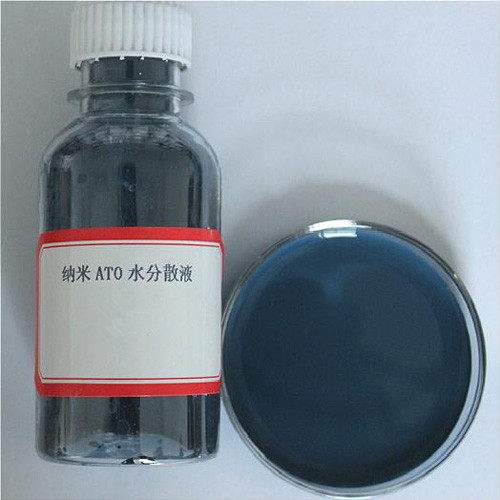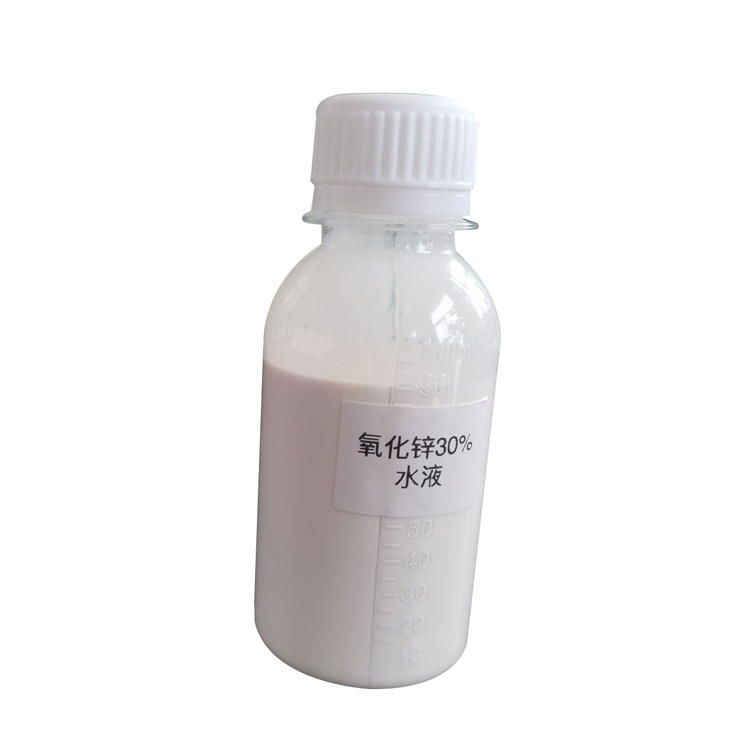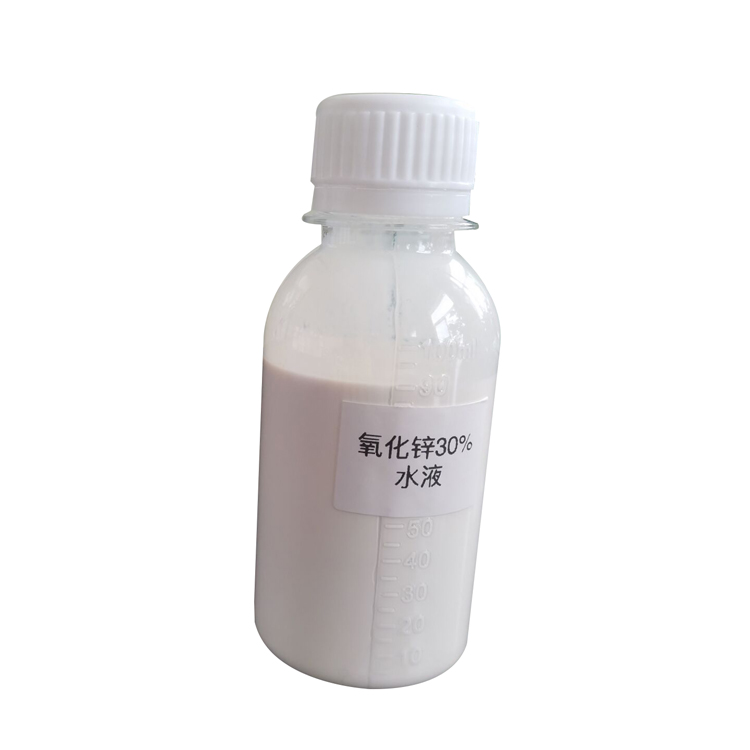There are three main methods for preparing single-walled carbon nanotubes: arc method, laser ablation method, and chemical vapor deposition (CVD) method.

Among them, CVD and arc methods are considered the mainstream paths for industrialization. Generally speaking, due to the high temperature in the arc zone, the degree of crystallization of the prepared carbon nanotubes is also high. However, the arc method has poor controllability over the microstructure of carbon nanotubes, such as diameter and chirality, and it is difficult to further improve yield and quality.
In contrast, CVD method has become the preferred choice for domestic enterprises due to its more controllable temperature field, strong process adjustability, and clear amplification path, and has achieved large-scale supply. As the process continues to iterate, it is still possible for multiple methods to coexist and even collaborate to break through in the future. But in high-end electronic, semiconductor and other applications that require extremely high quality of array tubes, the advantages of CVD route are more obvious.
The CVD method for preparing carbon nanotubes can be divided into three methods based on the supply or presence of catalysts: substrate method, loading method, and floating catalyst method. Catalysts usually use transition metal elements Fe, Co, Ni or their combinations, and sometimes other elements and compounds such as rare earths are also added. The equipment of the floating catalyst chemical vapor deposition method is simple and can be produced semi continuously or continuously, so it is most likely to achieve low-cost and large-scale preparation of high-quality single-walled carbon nanotubes.
However, the floating bed method still faces "three major technical challenges": temperature field control: high-temperature cracking of the front-end catalyst, stable temperature field required for the growth of carbon nanotubes in the middle, and rapid cooling to stop the reaction in the tail feeding area, which have extremely high requirements for temperature field control; Flow field control: During the growth process of carbon nanotubes, it is necessary for the carbon source gas to fully contact and react with the catalyst, thus requiring internal flow field turbulence to improve carbon source utilization; Continuous material collection: Currently, most floating bed equipment is limited by temperature field control, sealing technology, etc., and does not have the function of continuous material collection, making it impossible to truly achieve large-scale production.
SAT NANO adopts a floating bed method route, combined with the growth process of single-walled carbon nanotubes, to design the temperature and flow fields in the furnace in a targeted manner, and adds a continuous feeding structure, truly solving the three major technical challenges faced by industrialization.
SAT NANO is a best supplier of carbon nanotube in China, we can supply SWCNT, DWCNT, MWCNT powder, if you have any enquiry, please contact us at sales03@satnano.com


























